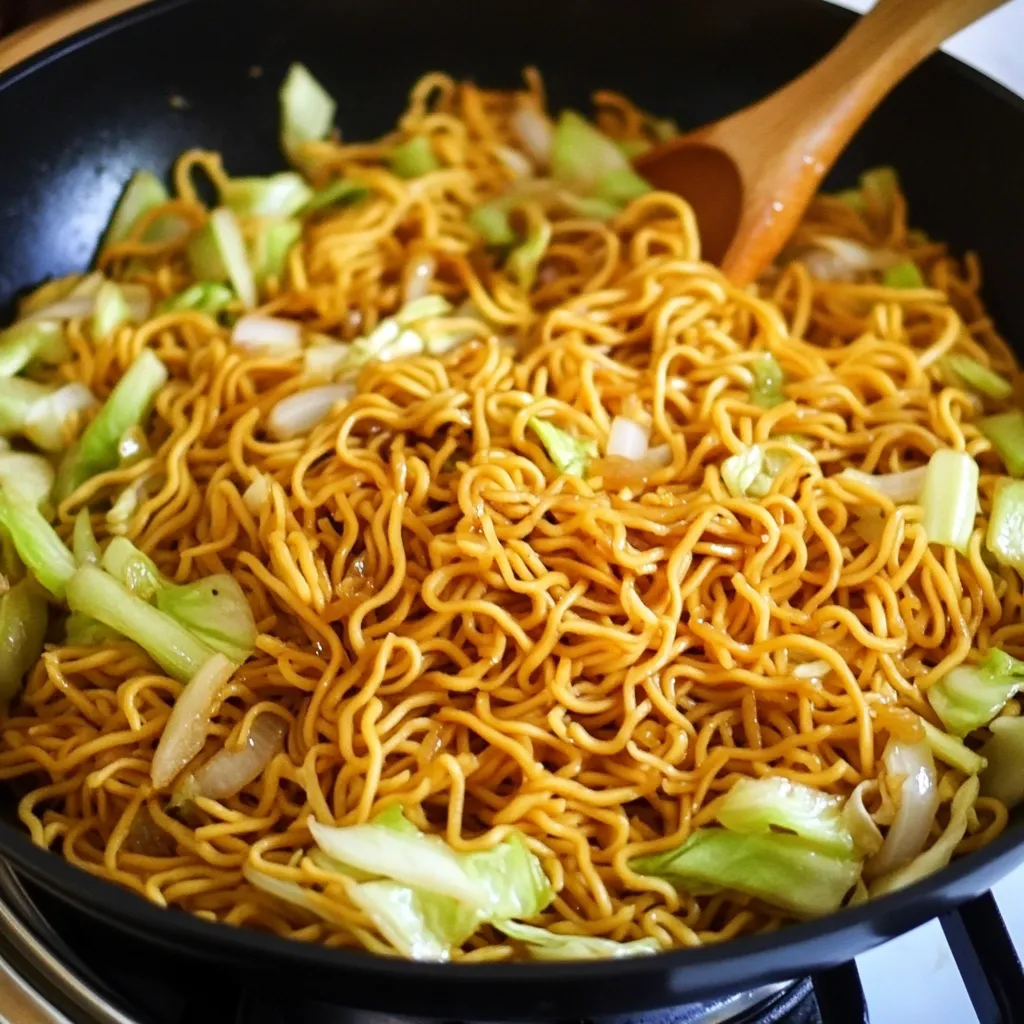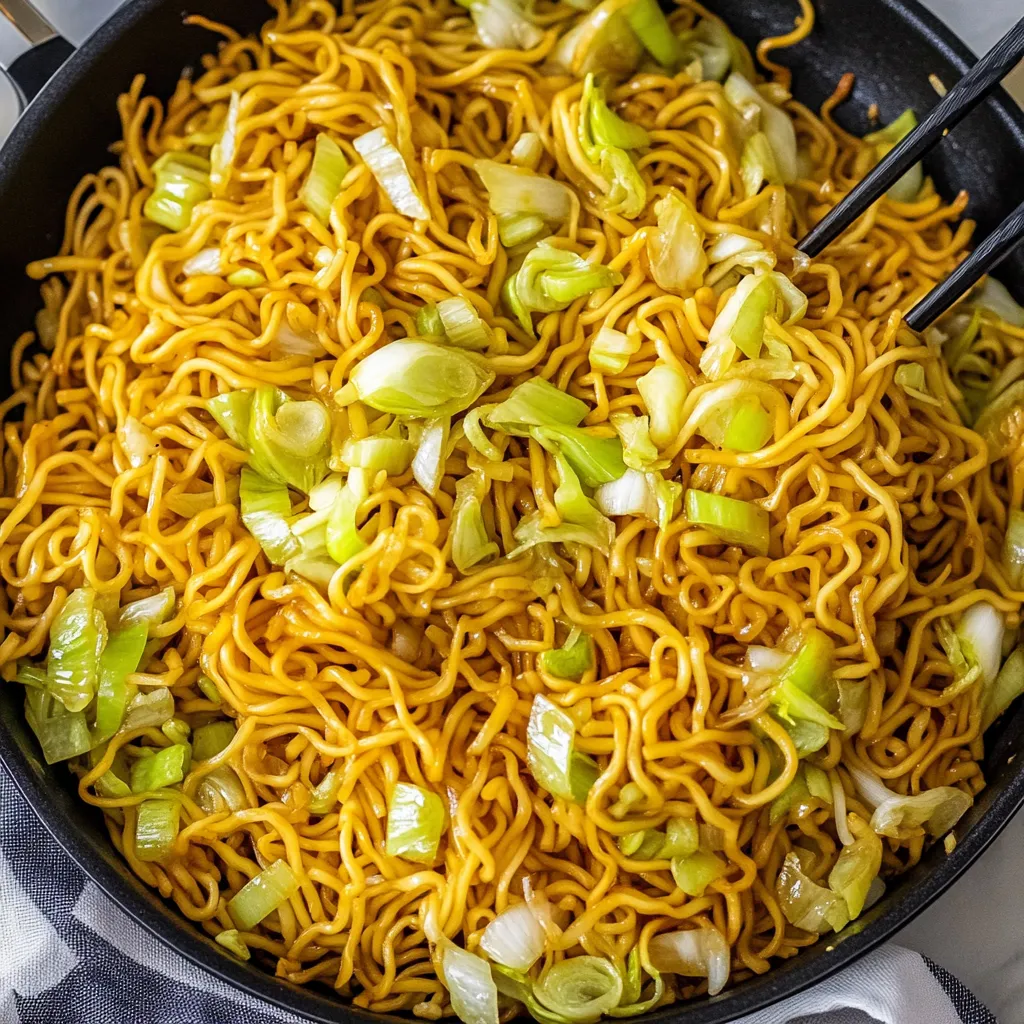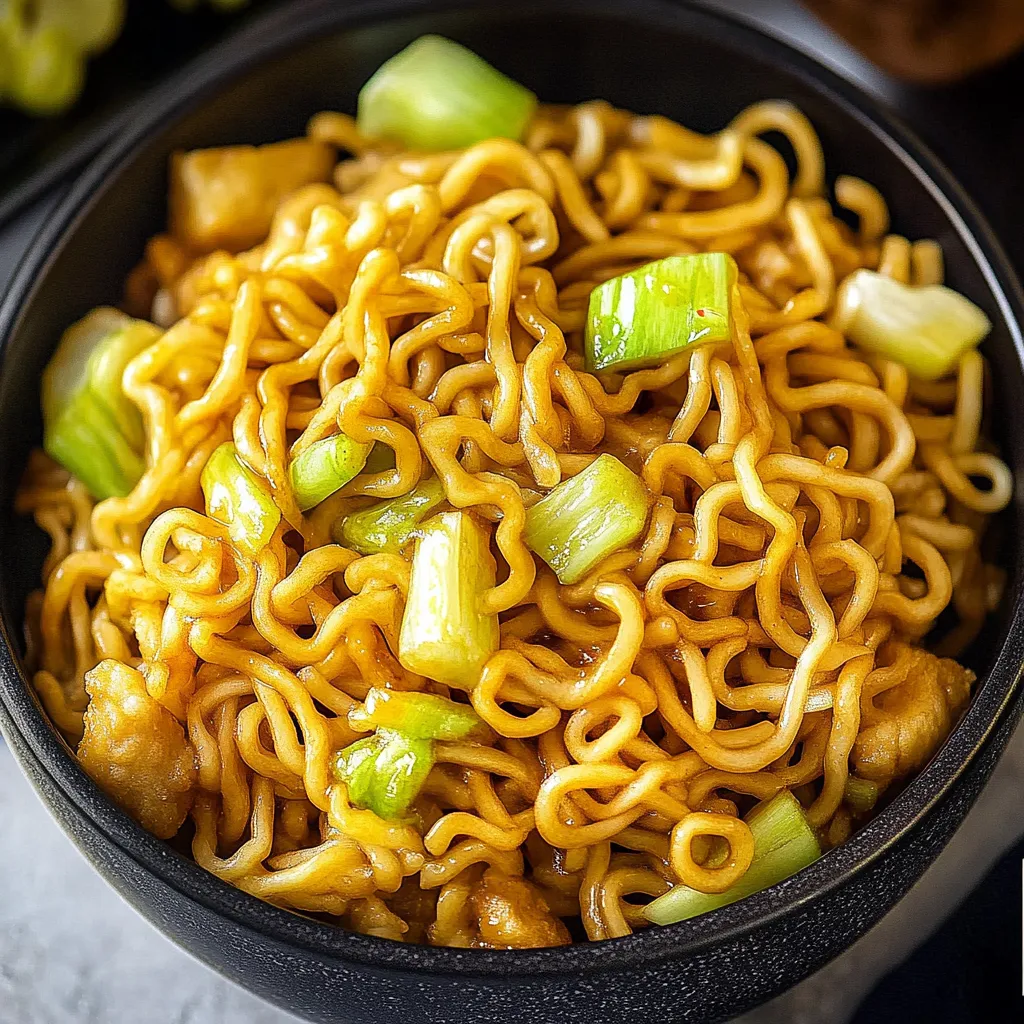 Pin it
Pin it
Watch as hot, fresh stir-fried noodles with crunchy veggies and rich brown sauce appear right in your home kitchen. This DIY version of Panda Express Chow Mein brings Chinese-American food magic to your table. It's super easy to make and gives you that awesome mix of textures and tastes that'll have you reaching for just one more helping.
I brought this to a gathering last week and my buddy's choosy kid who's only 8 asked for more. What's the trick? It's all about getting those noodles just right with good stir-frying know-how.
Crucial Components and Choices
- Yakisoba or Chow Mein Noodles: Go for fresh ones in the fridge section for real texture. Dried lo mein can do the job if that's all you've got
- Cabbage: Pick tight, fresh cabbage with snappy leaves - it brings that special crunch and light sweetness when it cooks
- Celery: Go for bright green pieces that break clean - old, bendy celery won't give you the right contrast
- White Onion: This is your flavor base - it gets wonderfully sweet when browned
- Soy Sauce: Stick with standard soy sauce, not the light stuff, for deep flavor and the right color
- Brown Sugar: Just a small amount balances the salty bits and helps everything brown nicely
Detailed Cooking Method
- Step 1: Getting Noodles Ready
- - For dried noodles, cook them a minute shorter than the box says
- Drain them well and mix with a tiny splash of oil so they don't stick
- Let them cool off a bit before cooking for better results - Step 2: Prepping Your Veggies
- - Cut cabbage into skinny, even strips so it cooks the same
- Slice celery at an angle to create more cooking surface
- Cut onion into half-circles of the same thickness - Step 3: Mastering the Stir-Fry
- - Get your wok or big pan really hot
- Cook veggies in this order: first onions, then celery, and lastly cabbage
- Add noodles at the end, keeping everything moving all the time
- Pour sauce in little by little, letting it brown between pours
 Pin it
Pin it
I've realized celery is actually the secret star here - it gives that light crunch and clean taste that makes restaurant chow mein so good. My grandma always told me good Chinese cooking comes down to how your veggies sound when you bite them.
After trying to get this dish just right for many years, I'm amazed how a few simple things can make such amazing flavors. The secret is paying attention to each part and cooking it with care. When you nail it, this homemade version might make takeout a thing of the past.
 Pin it
Pin it
Frequently Asked Questions
- → Where do I buy Yakisoba noodles?
- You’ll usually find them in your store’s produce section, sold in packs of three, not in the Asian aisle.
- → Can sesame oil be added?
- Definitely, but just use a tiny bit! A few drops can go a long way without overpowering the flavor.
- → What other veggies work here?
- Even though this aims to mimic Panda Express, feel free to throw in carrots, sprouts, or whatever veggies you like for more variety.
- → Why are the noodles falling apart?
- The noodles probably got overcooked. Heat them just enough so they’re warm but still firm to the bite.
- → Can this be made ahead?
- Sure, though it’s best fresh. Store in the fridge and reheat gently to avoid soggy noodles.
